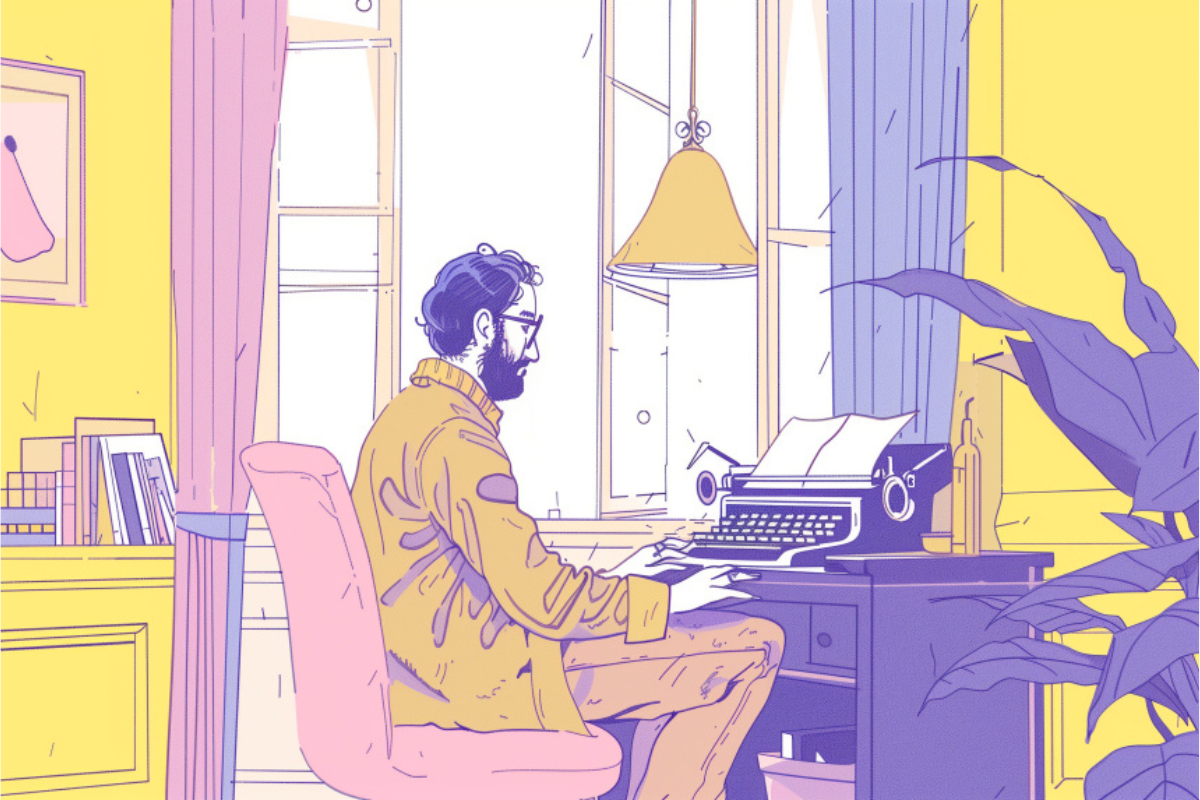The Illusion of Progress: Why AI won’t save us from ourselves
Artificial intelligence holds the promise of a new age of productivity where tedious tasks are automated, documents write themselves, emails summarize automatically, and presentations are built in seconds. But what if the real bottleneck isn’t the tools we use, but the mindset with which we use them?
History suggests that every wave of technological progress has offered us the gift of time. But instead of using that time to reflect and innovate, we have often filled it with more of the same, faster, but not deeper. More efficient, but not necessarily more meaningful.
Let’s take a step back and trace how we arrived here.
The document revolution
The earliest wave of digital productivity came with the widespread adoption of word processors. We no longer needed to handwrite or type documents on a typewriter. Editing became effortless. Duplication was a click away. The promise was clear: we would save time, reduce errors, and streamline communication.
And, at first, we did.
But soon, the number of documents exploded. What was once an intentional process of writing and editing, often handwritten or typed only when necessary, became a flood of content. Word processors made it easy to create, but in doing so, they devalued the act of creation. Writing became less reflective, more reactive. Eventually, the volume of digital documents became overwhelming. We needed folders to organize them, software to search them, and systems to store them. And the time we had hoped to save was now spent navigating digital clutter.
The rise of email
The second wave of productivity came with email. It replaced the office memo, once typed and physically circulated with care. Memos were intentional and infrequent. With email, communication became instant and eventually infinite.
The volume skyrocketed.
Soon, employees were receiving dozens, then hundreds of emails a day. The signal-to-noise ratio dropped. We created folders, labels, and filters. We built entire systems just to manage our overflowing inboxes. Productivity tools were then introduced to handle the very mess that the second wave of productivity tools had created.
Once again, the time we thought we had gained was lost in managing the overuse of technology.
The promise of Artificial Intelligence
Today, we are entering a new era of productivity tools powered by artificial intelligence. AI promises to write documents, generate emails, summarize conversations, create presentations, and even design visuals with little input from us.
And once again, the promise is seductive: save time and accelerate output.
But we must ask, have we learned from the past?
Because if history is any guide, we won’t use this extra time to free our mind and think more deeply. We’ll use it to create more emails, more slides, more documents, and more media, faster than ever before. AI won’t replace our workload; it will multiply it. And soon, we will need more tools to manage the digital output AI is helping us generate in the first place.
A Mindset Shift: From producers to conscious creators
At its core, the challenge we face isn’t technological, it’s the mindset. The tools we build are neutral. They reflect, amplify, and scale the intent with which we wield them. If our mindset is reactive, hurried, and bound by habit, then even the most powerful technologies will serve only to entrench those patterns.
Today, we celebrate the speed and ease with which AI allows us to create. But rarely do we pause to ask: Do these creations matter? Are they aligned with something meaningful?
Our instinct is to automate, optimize, and accelerate, without first questioning whether the work is even necessary.
In today’s climate, every company is gaining a productivity boost from AI. But this boost is available to all. There is no lasting competitive advantage in simply doing the same things faster. The edge now lies in doing different things. In imagining new use cases. In solving problems that were previously out of reach.
That kind of innovation does not come from more tech, it comes from a deeper understanding of how to think. It comes from training teams in embracing creative discomfort, idea development, and creating space for exploration, not just execution.
AI won’t do innovative thinking for us. Artificial intelligence is trained on what has already been. It can remix, summarize, extend, but it cannot imagine the future. That power still resides within us.
If we fail to retrain our mind, from automation to inquiry, from production to reflection, then the next wave of technology will not liberate us. It will drown us in well-crafted irrelevance.
But if we choose to reclaim the time AI offers, if we use it to cultivate original thought, question assumptions, and act with creative intent, we will shape the future.
The question is not what AI can do. The question is: What will we choose to do with it?

